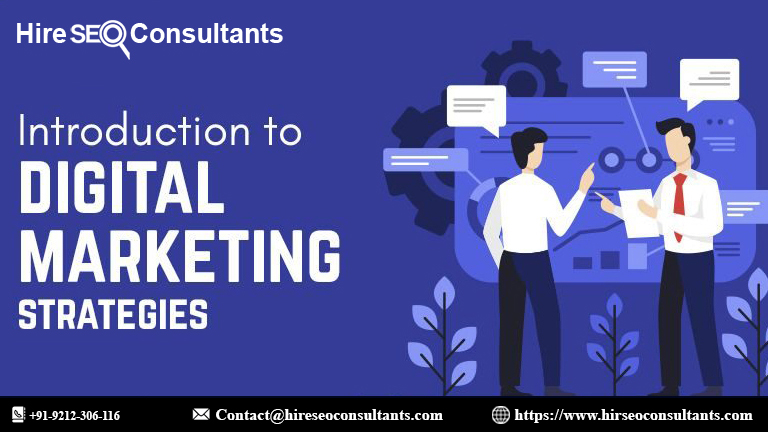In the ever-evolving world of web development, staying up-to-date with the latest features and technologies can be both exciting and challenging. As web standards continue to advance, developers often face the dilemma of choosing which new features to adopt while ensuring their applications remain stable and reliable. Enter Baseline, a groundbreaking tool designed to provide a unified view of stable web features, making it easier for developers to navigate the complexities of modern web standards.
What is Baseline?
Baseline is a comprehensive platform that consolidates information about web features into a single, user-friendly interface. It offers a detailed overview of the stability, compatibility, and support of various web technologies, including HTML, CSS, and JavaScript. By aggregating data from multiple sources, Baseline helps developers make informed decisions about which features to use in their projects.
Why Baseline Matters
With the rapid pace of technological advancement, new web features are introduced regularly. While these features can enhance user experience and streamline development processes, they can also introduce risks if not properly tested or supported across different browsers and devices. Baseline addresses these concerns by providing a clear and consistent view of feature stability and compatibility.
For developers, this means less time spent researching individual features and more time focusing on building innovative solutions. Baseline simplifies the process of evaluating feature support, reducing the likelihood of compatibility issues and ensuring a smoother development workflow.
How Baseline Works
Baseline gathers data from various sources, including browser vendors, developer communities, and standards organizations. This data is then analyzed and presented in a unified format, allowing developers to quickly assess the status of different web features. The platform provides insights into feature support across different browser versions, offering a comprehensive view of how each feature performs in real-world scenarios.
One of the key features of Baseline is its ability to track feature stability over time. By monitoring changes in support and compatibility, Baseline helps developers stay informed about the latest updates and trends in web technology. This proactive approach enables developers to anticipate potential issues and make adjustments as needed.
Benefits for Developers
Baseline offers several benefits for web developers, including:
Streamlined Research: By consolidating information from multiple sources, Baseline saves developers time and effort in researching feature support and compatibility.
Enhanced Reliability: With a clear view of feature stability, developers can make more informed decisions, reducing the risk of compatibility issues and ensuring a consistent user experience.
Informed Decision-Making: Baseline provides detailed insights into feature support, helping developers choose the best technologies for their projects.
Up-to-Date Information: Regular updates ensure that developers have access to the latest information about web features, keeping their projects aligned with current standards.
Integrating Baseline into Your Workflow
Incorporating Baseline into your development workflow is straightforward. The platform’s intuitive interface allows you to quickly access information about web features, making it easy to evaluate their suitability for your projects. Whether you’re working on a new application or maintaining an existing one, Baseline provides valuable insights that can help you make better decisions and improve overall project quality.
To get started with Baseline, simply visit the platform’s website and explore the available resources. You can search for specific features, view detailed compatibility charts, and access historical data on feature stability. Additionally, Baseline offers integration with popular development tools and frameworks, making it a versatile addition to your toolkit.
The Future of Web Development with Baseline
As web technology continues to evolve, Baseline is poised to play a crucial role in helping developers navigate the ever-changing landscape. By providing a unified view of stable web features, Baseline empowers developers to make informed choices and build reliable, high-quality applications.
Looking ahead, Baseline plans to expand its offerings and enhance its platform to meet the needs of the web development community. With ongoing updates and improvements, Baseline aims to remain at the forefront of web technology, providing valuable insights and support for developers around the world.
Baseline represents a significant advancement in the way developers approach web feature support and compatibility. By offering a unified view of stable web features, Baseline simplifies the development process and ensures that developers have the information they need to create reliable and innovative applications. As web standards continue to evolve, Baseline will remain a vital resource for developers seeking to stay ahead of the curve and build the next generation of web applications.
FAQ: Celebrating Global Accessibility Awareness Day
What is Global Accessibility Awareness Day (GAAD)?
Global Accessibility Awareness Day (GAAD) is an annual event aimed at raising awareness about digital accessibility and inclusion for people with disabilities. It promotes the importance of creating accessible digital experiences for all, regardless of ability. GAAD is observed on the third Thursday of May each year.
Why is digital accessibility important?
Digital accessibility ensures that people with disabilities can access, navigate, and engage with websites, applications, and digital content. With over one billion people globally experiencing disabilities, making digital experiences accessible is both a moral and legal obligation, creating a more inclusive online environment.
How does digital accessibility impact businesses?
For businesses, accessible websites can expand their audience reach, improve brand reputation, and enhance user experience for all visitors. Accessibility also positively impacts search engine optimization (SEO), as search engines prioritize websites that are user-friendly and accessible to everyone.
What are some key elements of an accessible website?
An accessible website should include compatibility with screen readers, alternative text for images, captions and transcripts for multimedia content, and support for keyboard navigation. These features allow individuals with various disabilities to engage with content more easily.
Is digital accessibility a legal requirement?
Yes, in many regions, digital accessibility is mandated by law. For example, the Americans with Disabilities Act (ADA) in the U.S. and the European Union’s Web Accessibility Directive both require websites and apps to be accessible. Failure to comply with these regulations can result in legal consequences.
How does digital accessibility improve SEO?
Search engines favor websites that offer a good user experience, including accessibility features. By making your website accessible, you improve its ranking on search engine results pages, which helps attract more visitors and enhances your overall digital presence.
What is the role of web developers and designers in promoting accessibility?
Web developers and designers are essential in creating accessible digital experiences. By adhering to accessibility guidelines such as the Web Content Accessibility Guidelines (WCAG), they ensure that websites are easy to navigate and use for people with disabilities. This includes designing logical site structures, adding text alternatives for non-text content, and ensuring keyboard navigability.
Why is Global Accessibility Awareness Day important for the future of digital inclusion?
GAAD highlights the need for continuous progress in digital accessibility, advocating for inclusive design as technology evolves. It’s a call to action for businesses and developers to prioritize accessibility, ensuring that people with disabilities are not left behind as new digital platforms and tools emerge.
What are the Web Content Accessibility Guidelines (WCAG)?
WCAG is a set of standards developed to guide web developers and designers in making digital content accessible. These guidelines cover a wide range of accessibility issues, from providing text alternatives for images to ensuring appropriate color contrast and keyboard navigation.
How can businesses support Global Accessibility Awareness Day?
Businesses can support GAAD by raising awareness, conducting accessibility audits on their websites, providing accessibility training for their teams, and committing to ongoing improvements in digital accessibility. Promoting inclusivity and ensuring compliance with accessibility standards are ways businesses can contribute to the movement.
How can I improve my website’s accessibility?
To improve your website’s accessibility, ensure that it follows the WCAG guidelines. Incorporate text alternatives for images, provide captions for multimedia, allow for keyboard navigation, and make sure your content is readable with appropriate color contrasts. Regular accessibility audits can help you identify and address potential issues.
Is Global Accessibility Awareness Day only focused on people with disabilities?
While GAAD primarily focuses on raising awareness about accessibility for people with disabilities, creating accessible digital content benefits everyone. Features like captions, clear navigation, and readable text enhance the user experience for all visitors, not just those with disabilities.
How can I participate in Global Accessibility Awareness Day?
You can participate in GAAD by sharing information about digital accessibility, hosting or attending events, conducting accessibility checks on your digital platforms, and advocating for inclusive design in your professional and personal networks.
Why should accessibility be a year-round commitment?
Accessibility isn’t just a one-time effort. By committing to continuous improvements in digital accessibility, businesses can ensure that all users, regardless of their abilities, can have a positive experience. Regular audits, staying updated on best practices, and integrating accessibility into ongoing development are crucial to maintaining an inclusive digital environment.
Get in Touch
















